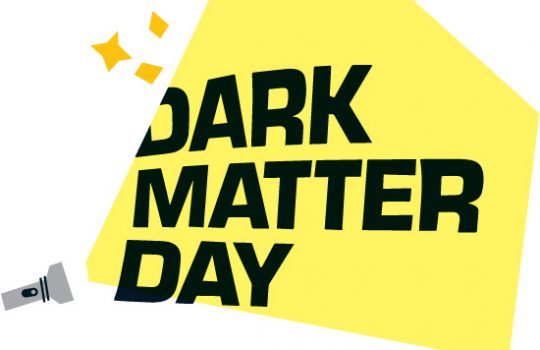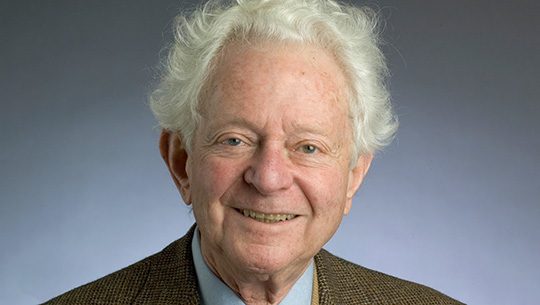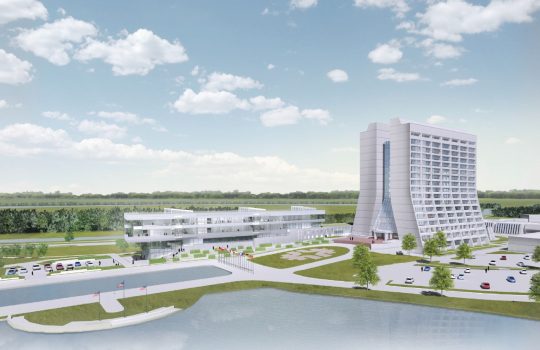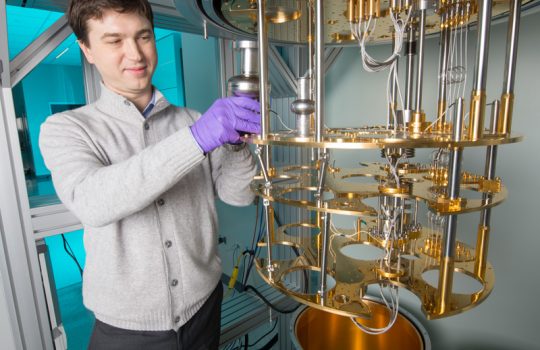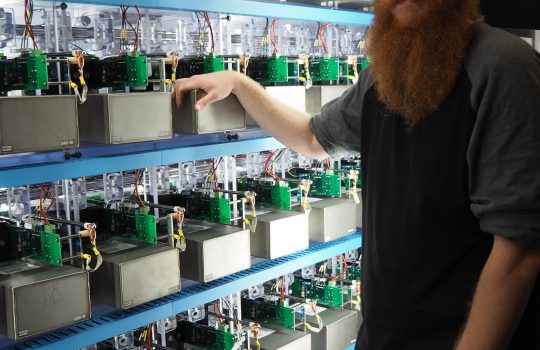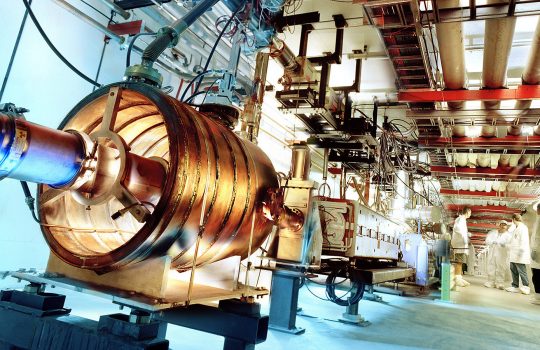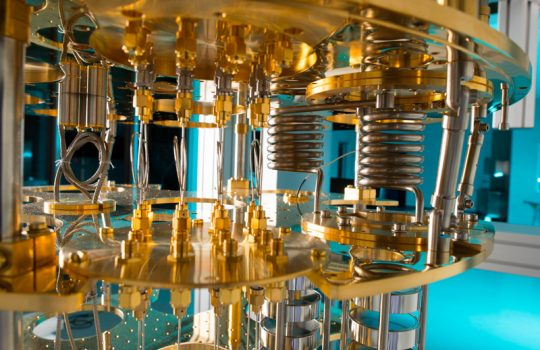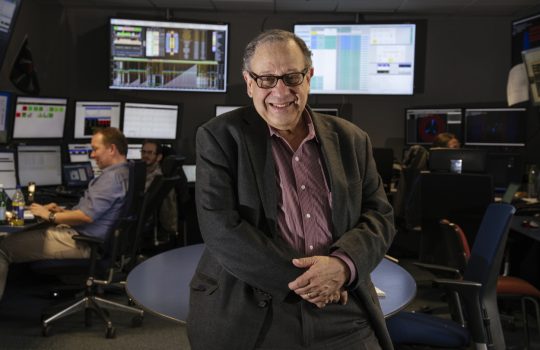Superconducting film technology leads to record performance for low-frequency SRF cavity
- accelerator R&D
- accelerator research
- accelerator science
- IARC
- result
- SRF
- superconducting radio-frequency technology
An SRF team at Fermilab has demonstrated record performance from an accelerating cavity using a technique that could lead to significant cost savings for future accelerators.


